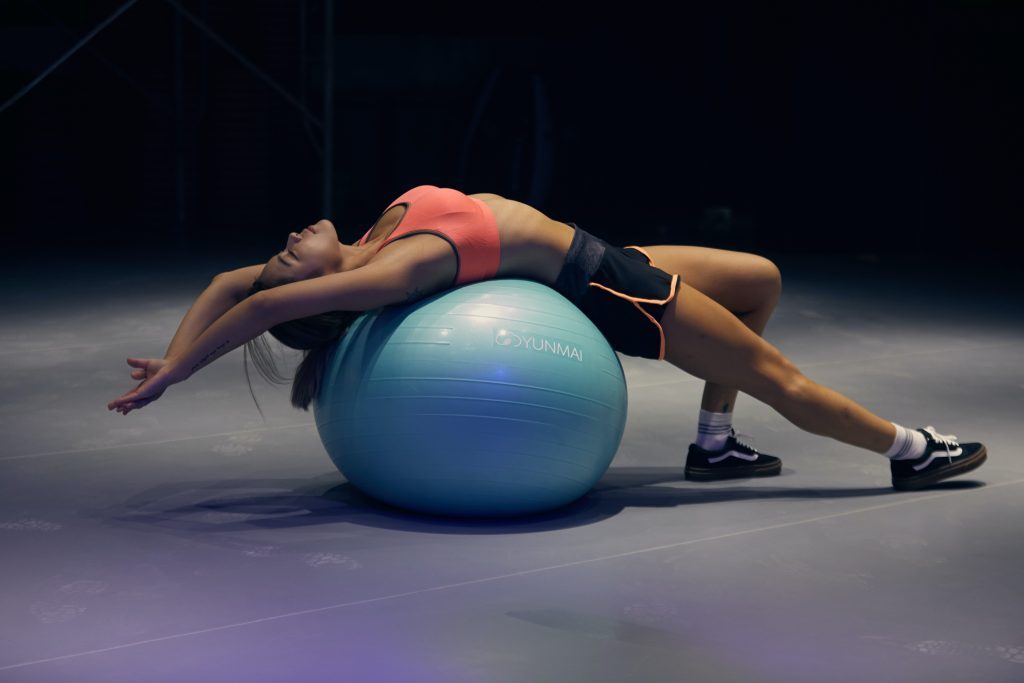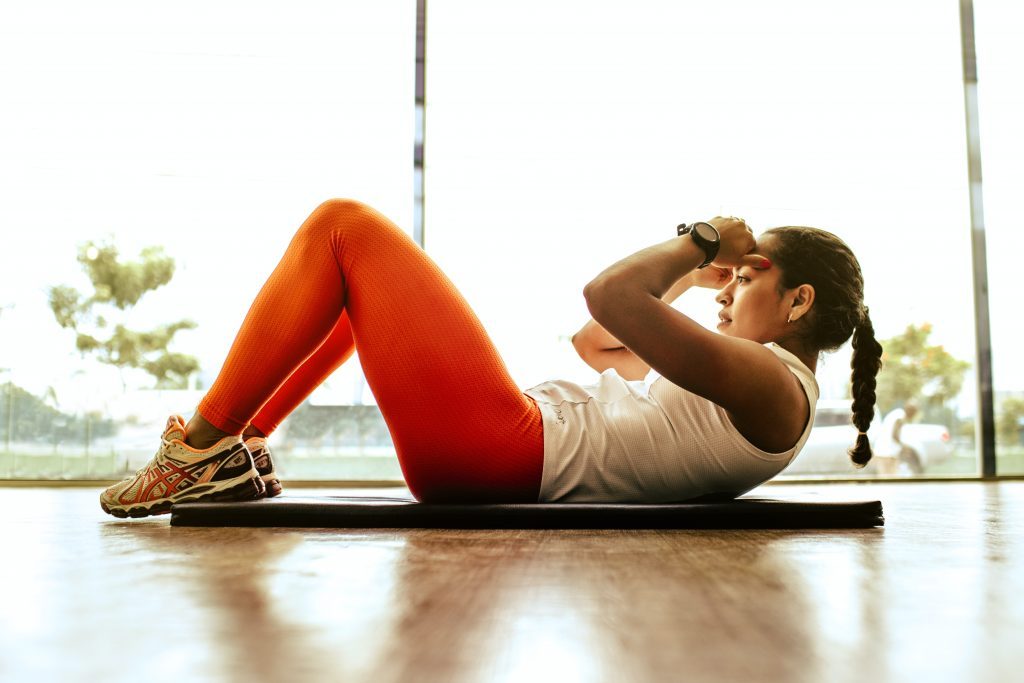
Fitness is a lifestyle, yet it is a tough challenge when you start your fitness journey. Did you know that most people are more likely to start a new fitness routine as part of their new year good resolutions? Unfortunately, these rarely last long! However, it doesn’t mean that you have to wait another year to restart. As surprising as it sounds, people who feel compelled to embrace a fitness journey without any external influence – such as the new year – are more likely to stick with their plans. In other words, it’s never too late to give you a fresh start!
It can be tempting to give it all and burn as much energy as possible to achieve your dream results. However, like with any new habit, it’s best to focus on a few things that work before turning up the dial. So, here are some tips to give your routine more oomph.
Stabilise your muscles
How much recovery time do your muscles need? It’s impossible to know. It’s something you’ll have to experience for yourself. Some people need only a few hours and train hard almost every day, while others will need several recovery days. Yet, the good news is that you can divide your fitness routine by muscle groups. You can interchange leg days with arm days to ensure your muscles can repair themselves. It’s a good idea to use running tape for stability if you use active recovery, such as flexibility exercises. Tape can help correct bad posture caused by tired or sore muscles, so you allow your muscles to rest safely.
Fuel your body
As tempting as it is to work out on an empty stomach, if you are going to see positive results, you should fuel your body properly. Exercising on an empty stomach can accelerate weight loss, but it also increases tiredness levels. When you are tired, you can struggle to maintain your posture through every exercise. Tiredness and lack of energy are the enemies of a healthy fitness routine. They increase the risk of injuries and slow your performance down. Ideally, you should consume a meal that includes low fat, moderate carbs and proteins, fibres and fluids before an intense workout. Alternatively, it’s worth noting that if you are planning light exercising, you do not need to fuel your body as much or at all.
Introduce active resting time
As mentioned, active rest days are a good idea to support muscle recovery. Athletes prefer to use active recovery rather than inactive days. When it recovers, the body needs to replenish its energy and the reserve in glycogen – carbs. Additionally, your muscles experience micro-tears in the fibre. These will need protein synthesis to recover. Active recovery, such as walking, or doing a pilate workout, improves blood flood, bringing nutrients more rapidly to the muscles. It also preserves your performance as the body remains “active” even throughout the recovery process. More athletes also recommend active recovery to improve their agility and movements.
Your workout routine makes you stronger and fitter. Yet, it’s a journey you will have to experience at the right pace for your body. Go too fast, and you risk injuring yourself. Ideally, you want to give your muscle the time, activity, and nutrients they need to grow strong.

